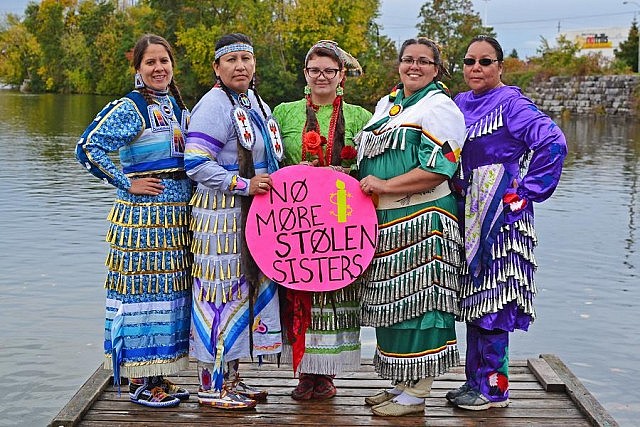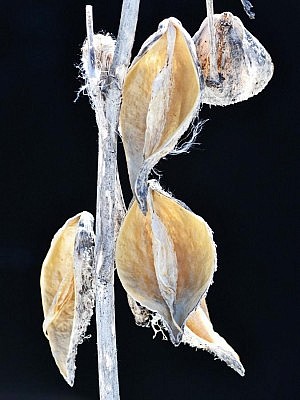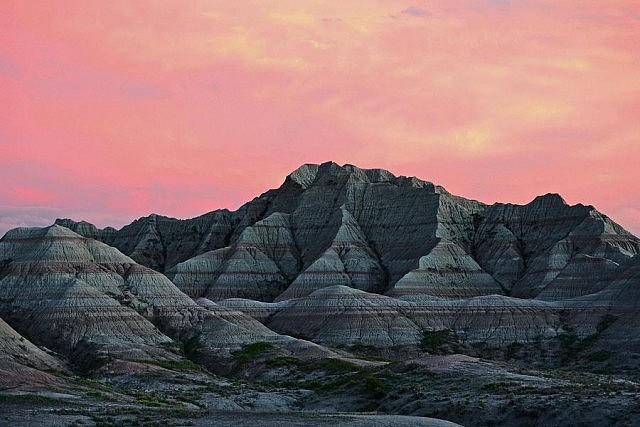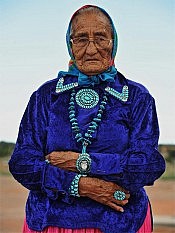
There is an ancient Iroquois philosophy called The Seventh Generation Principle. It states that decisions we make today should be made with consideration for how they will affect the next seven generations. It is this kind of attention to legacy and importance that George Campana and Georgie Horton-Baptiste bring to their work, which you can see during April at the SPARK Photo Festival.
There are beautiful photographs from both Campana and Horton-Baptiste at the Visitor Centre on Crawford Drive in Peterborough, and I highly recommended that you pay the exhibit there a visit.
However, the vital spirit of their work together is on display at the Schandry Building in downtown Peterborough.
More than an exhibition, it’s a testament to life and the importance of our shared experience. It aims to build bridges, make friendships, and inspire conversation between people of all nations.
The second floor loft space has been created as a place of welcome. Horton-Baptiste and Campana plan to host events there during the entire month of SPARK.
The space is literally wall to wall with images, primarily the work of Campana. Horton-Baptiste laid the ground for his coming here when they met at the Imaginative Film Festival. And George Campana has certainly covered some serious ground in his life.
Over the past 18 years, he has amassed nearly half a million kilometres of travel all over North America, many of those travelled riding almost non-stop on his motorcycle, sometimes for days. He travels to attend gatherings of people who come from all over the world; gatherings held by First Nations people across this continent and beyond. He goes to these gatherings to create a record of these people and events, but also to learn from the teachings and ceremonies he shares in.
Campana himself says he is a non-native, but that he meets and blends with all people and faiths. He speaks of hundreds of people he has met and known in a way that tells me he counts them all as friends.
“In all my travels, I’ve never met a ‘savage’,” Campana says. “These people taught me to live.”
The gabled walls of the expansive loft divide into four open alcoves on either side. Campana is an accomplished nature photographer and beautiful pictures of animals line the stairwell leading up to the second floor space and are scattered throughout the exhibit. One of these alcoves is dedicated to them. But most of these alcoves, and two fences erected along them, are dedicated mainly to people and events.
This includes gatherings to stand up for Missing or Murdered Indigenous Women in Canada, Idle No More, Water Awareness Walks, World Peace and Prayer Days, Pow-Wows, events that proclaim the works and accomplishments of First Nations people (along with those who walk alongside them), and recognition of major watersheds in awareness.
To dismiss this as a political statement would be to miss the essence of it entirely. This is an invitation of welcome to all people coming together, and to celebrate their doing so. First Nations people have been great leaders in bringing people together and Campana has been keen, to say the least, to be among them.
Beyond the almost 900 images featured in the exhibition, Campana has nearly a quarter of a million images, documents, and posters in his collection.
Digital means of storage notwithstanding, he believes in the importance of the printed image because things need to be seen, and that experience of seeing needs to be shared. Those shared experiences of seeing, he explains, provoke conversations and engage understanding.
“Images are lost,” Campana laments, noting how we rarely print them anymore. “I’m a recorder: this is to leave something for the next seven generations.”
Campana has taken the First Nations teachings he has learned and experienced to heart: he lives them. Speaking animatedly about his experiences, he is eager to share his vast knowledge of people and events. He overflows with generosity and energy.
Georgie Horton-Baptiste is Campana’s opposite in many ways — complementary but entirely different. Her aspect is quiet, serene, and powerful. Whereas Campana broadcasts his energy out in all directions, she resides deeply within hers. She has remarkable presence.

“I wasn’t raised within my culture,” Horton-Baptiste explains. “This is something that I’m learning.”
A woman of relatively few words, her way of being makes it clear that she has learned a great deal. While there is never anything rushed in her manner, she is quick to add that she is grateful for her upbringing and will never regret it. Her experience makes her an ideal bridge between peoples.
Horton-Baptiste is an organizer of the Water Awareness Walks in the Kawarthas and a member of the Sacred Water Circle.

It’s funny how you can hear a name a thousand times and never think to question, or come to understand, its origins. Horton-Baptiste explains to me that Rice Lake takes its name from the wild rice that grew there. She describes how it was once so abundant that you would have difficulty penetrating many areas of the lake in a canoe for all the wild rice.
Now no wild rice grows there. It is particularly sensitive to pollution, and it also happens to be a tremendously healthy food. The correlation between the two hardly seems coincidental. People in our region’s First Nations communities are working to help bring it back. When the Water Awareness Walk was held at Rice Lake, people went around the entire lake (approximately 120 kilometres), walking 30 to 40 kilometres each day to complete the journey.
People walking (or travelling) side by side is a fundamental aspect of Indigenous wisdom. The agreement between people of different Nations to walk side by side (both literally and figuratively) is the basis of a treaty, traditionally recorded using wampum belts made with Quahog beads.
A representation of such a treaty symbolizing walking in harmony with the white man, and not interfering with each other, is emblazoned on the floor in paint at the Shandry Building exhibit.
There is another on the opposite side of a dome-like structure erected over The Four Directions (North-White, South-Red, East-Yellow, West-Black), the basis for the traditional teachings of the Medicine Wheel.
The symbolism of the belts is that when people stand together, the belts link becoming endless — making these agreements for everyone and for all time. The belts themselves are living documents of the treaties. Many of the treaties have been codified as government documents that reflect these agreements, which are the basis for the formation of Canada itself.
“As non-native people, we have an obligation to uphold these treaties”, Campana urges. The solidarity he expresses is to unite all people in peaceful coexistence with one another.


When you stand and spend time in the space they’ve created, this record pours over you. You could absorb the impressions of people, events, nature, and stories for hours. There is a so much to be felt and experienced here.
For more information about the works of George Campana, call 905-317-9919 or email georgecampana@gmail.com.
For more information about the Water Awareness Walk, the Sacred Water Circle, or the work of Georgie Horton-Baptist, call 705-872-1093 or email ghorton.baptiste@gmail.com.





























